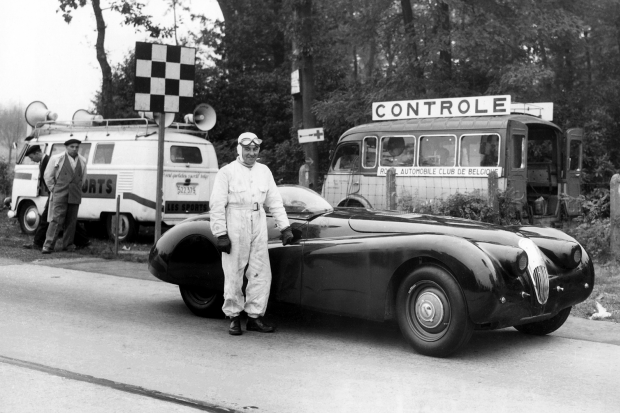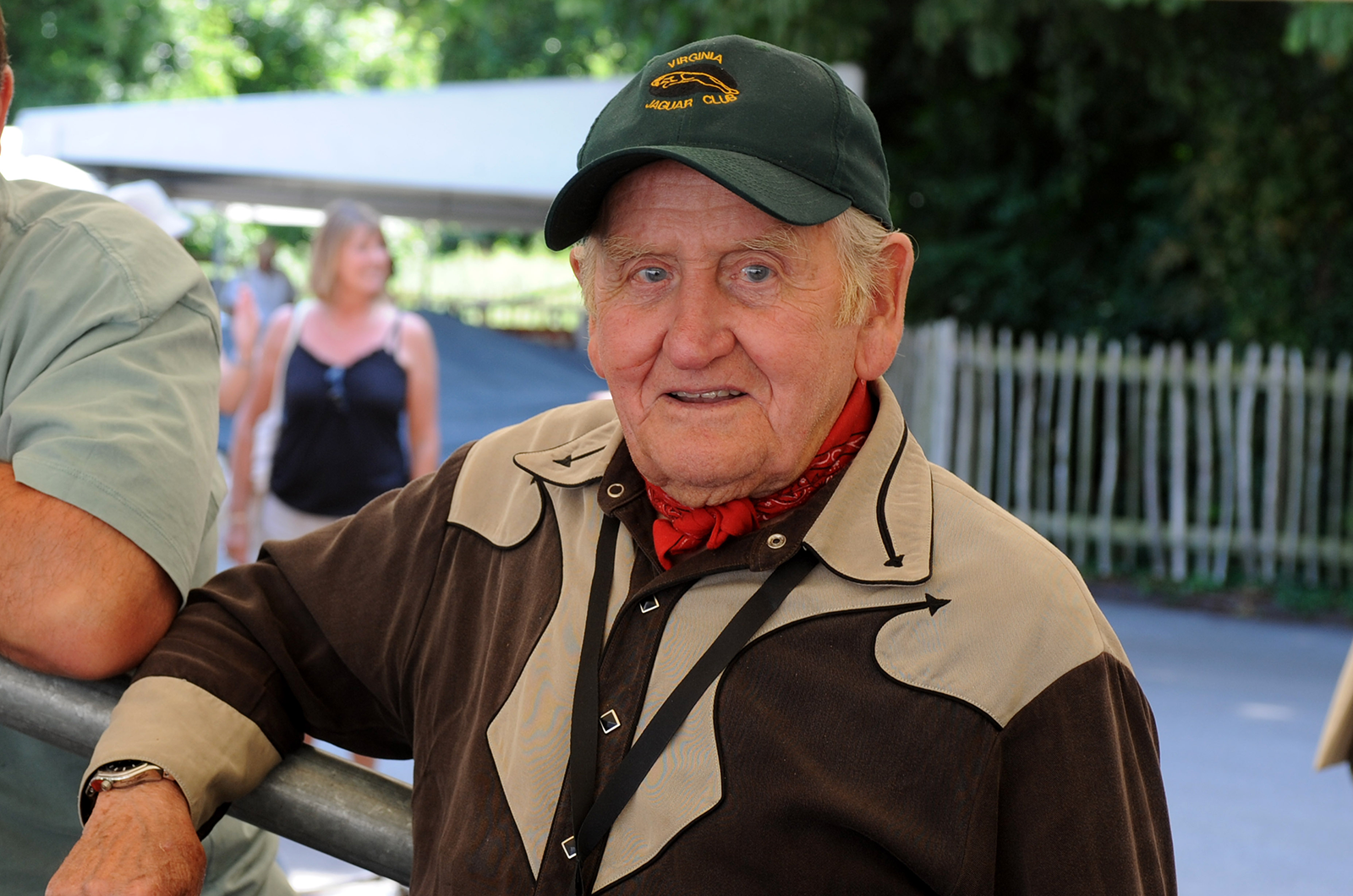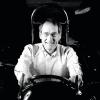
Every Jaguar enthusiast knows about Norman Dewis.
He was the lad who left school at 14 to work at Humber and then Armstrong Siddeley, built and raced his own F3 car, and then persuaded Bill Heynes, Jaguar’s chief engineer and effectively the No 2 to autocratic boss Bill Lyons, to take him on – not, as Norman was always quick to point out, as test driver, but as Test Development Engineer.
In the ensuing 33 years he cheerfully chalked up millions of test miles in every type of Jaguar, from XK via C-type, D-type and E-type to XJ13 and XJ40. It was all recorded in countless pages of detailed notes, which he kept in his personal archive right up until his death on Saturday (8 June) at the age of 98.
His engineering judgement, high standards and attention to detail during hundreds of hours of prototype testing improved every production Jaguar. He also made a major contribution to the speed and reliability of the works sports-racing cars in the 1950s.
He raced them, too, notably a works D-type in the tragic Le Mans 24 Hours of 1955. In 1953 on the Jabbeke-Aeltre road in Belgium he coaxed a bubble-topped XK120 to an extraordinary 172mph.
Norman used a C-type to develop disc brakes from a promising but unreliable innovation to a race-winning advantage, and in 1952 his work was vindicated when a disc-braked C-type was entered for Reims. It was the privately-owned Tommy Wisdom car, to lessen the adverse publicity for Jaguar if it failed. But, in the hands of Stirling Moss, it scored a historic victory.

I first met Norman while he was still at Jaguar, but I didn’t get to know him properly until the 1990s.





